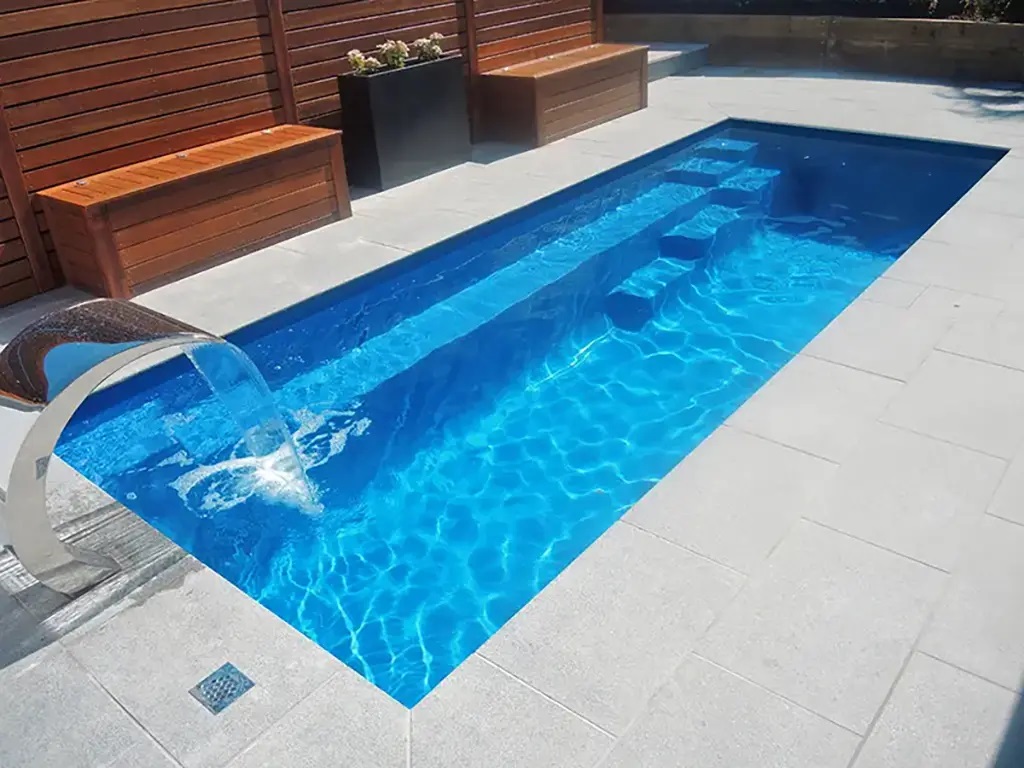Dimming switches are a simple yet powerful way to control the brightness of your lights, allowing you to tailor the ambiance of a room and potentially save energy. However, not all dimmers are created equal. Different technologies exist, each with its own compatibility with various bulb types and its unique effect on both mood lighting and energy consumption. Understanding these differences is key to choosing the right dimmer for your specific needs.
Types of Dimmer Switches: From Rotary to Digital
Dimmer switches, essential for customizing ambiance and conserving energy, come in diverse forms. Rotary dimmers, the traditional choice, employ a rotating knob for simple light intensity adjustments. Their familiar design makes them user-friendly and cost-effective. Slide dimmers offer a more contemporary aesthetic, utilizing a linear slider that visually represents the brightness level. This intuitive control provides a clear indication of the current setting. Digital dimmers represent the cutting edge, often featuring touch-sensitive interfaces or smartphone app control. These advanced options boast features like preset brightness levels, allowing for one-touch scene selection, and seamless integration with smart home ecosystems, enabling voice control and automated lighting schedules. Each dimmer type presents trade-offs between cost, installation complexity, and user interface sophistication, catering to varied preferences and technological needs.
Bulb Compatibility: Navigating the LED Landscape
When selecting dimmers, bulb compatibility is paramount for optimal performance and longevity. Traditional incandescent bulbs typically function seamlessly with most different light switches due to their simple resistive nature. However, LED bulbs, being electronically driven, demand specialized LED-compatible dimmers. Mismatched dimmers and LED bulbs can cause a host of issues, including annoying flickering, distracting buzzing sounds, and a significantly shortened bulb lifespan. Prior to installation, meticulously review both the dimmer and bulb specifications to confirm they are designed to work in harmony. Investing in the appropriate LED dimmer unlocks the full potential of LED lighting, delivering substantial energy savings and extending the operational life of your bulbs. Ensuring compatibility is a crucial step towards achieving efficient and reliable dimming control for your lighting system.
Mood Lighting: Creating the Perfect Atmosphere
Dimming switches are the cornerstone of mood lighting. By adjusting the brightness of lights, you can instantly transform the atmosphere of a room. Lowering the lights creates a cozy and relaxing environment, perfect for winding down in the evening. Brighter settings are ideal for tasks that require focus and attention. Digital dimmers often allow you to create and save specific lighting scenes, making it easy to recreate your favorite ambiance with a single touch.
Energy Efficiency: Saving Money and Reducing Waste
Beyond ambiance, dimming switches offer a path to energy efficiency. Dimming a light bulb not only reduces the amount of light it emits but also reduces the amount of energy it consumes. This can lead to significant savings on your electricity bill over time. While incandescent bulbs do not save energy, LEDs offer this feature along with a longer lifespan. By strategically using dimmers to lower the brightness when full illumination isn’t needed, you can minimize energy waste and contribute to a more sustainable lifestyle.



